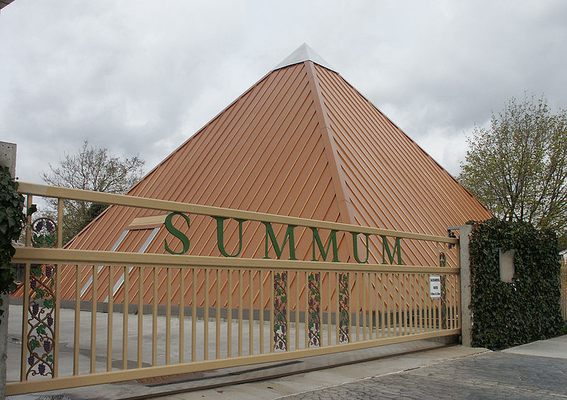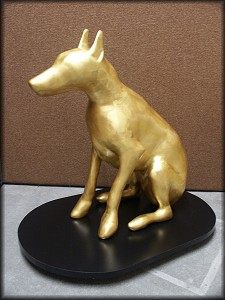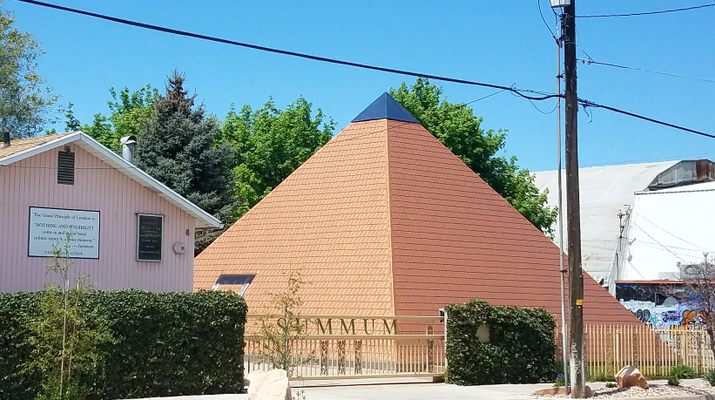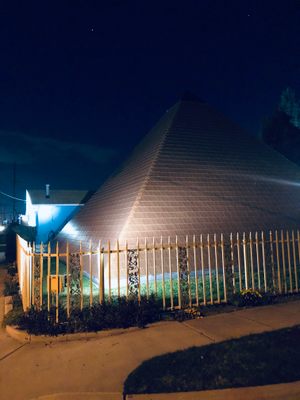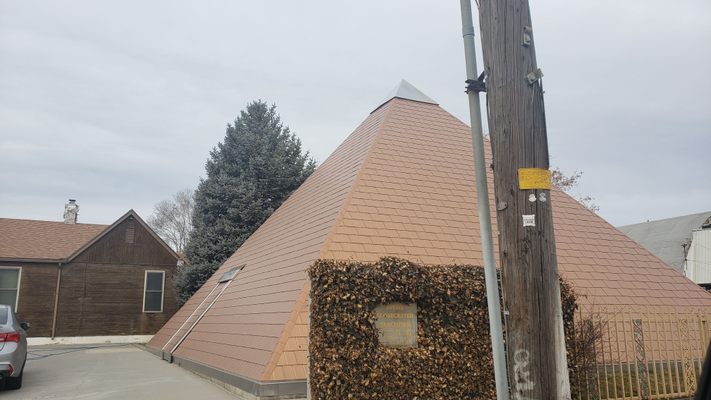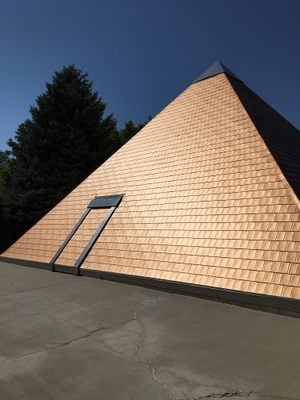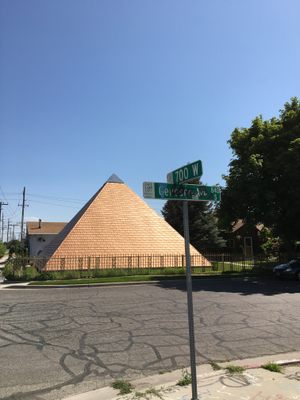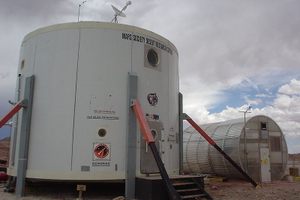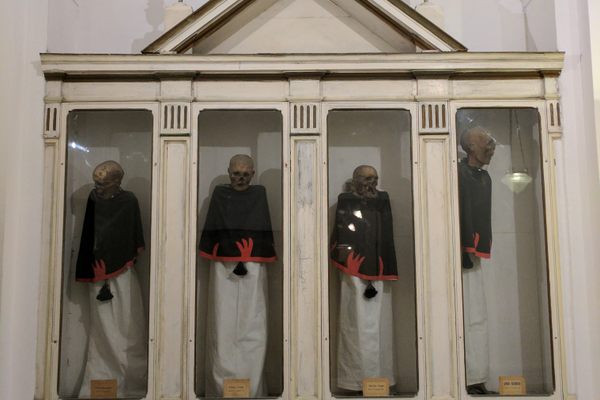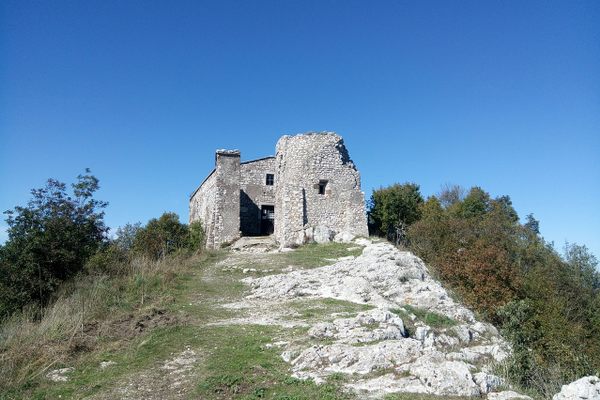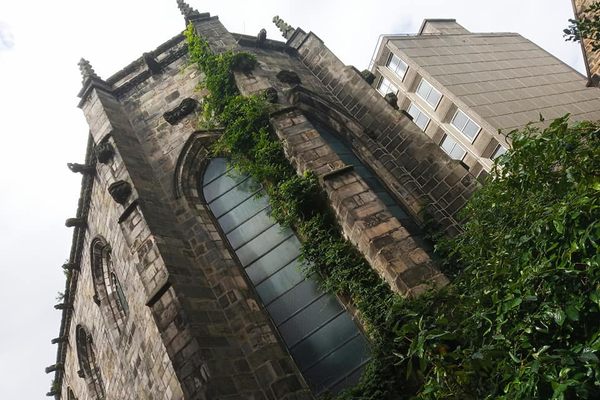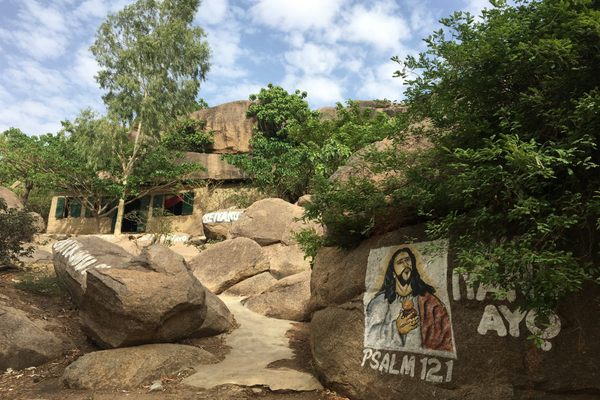About
In 1975, Claude Corky Nowell said he had an encounter with highly intelligent beings he called "Summa individuals" who revealed to him the true nature of the universe. Corky promptly changed his name to Summum Bonum Amon Ra—though he goes by the more casual Corky Ra—and founded the "Summum" religion.
Based out of Salt Lake City, the Summum (Summus is Latin "highest," and Summum is a play on that) religion has its own principles of creation and laws of learning. To an outside observer, Summum resembles a blend of science fiction (encounters with aliens and cloning), New Age mysticism, and a blend of ancient religions.
Summum draws many of its beliefs from Egyptian polytheism, with a particular emphasis on the Sun God Ra, hence Corky's new name, though it also relies on the teachings of "Gnostic Christians," such as those found in the Gospel of Thomas. Practicing the religion relies heavily on meditation, aimed at the Summum goal of "spiritual Psychokinesis."
A particular peculiarity of the church is that it practices modern mummification. It holds that mummification allows for a soul to smoothly depart from our world to the next. Additionally, it claims the modern mummification process they use preserves the cells and enables them to be cloned in the future. For Summum followers reincarnation is a scientific, as well as a spiritual, concept.
The Summum pyramid was built between 1977 to 1979 and serves as the church's main teaching space, meditation hall, and provider of modern mummification. The pyramid, like their religion, is "Sealed Except to the Open Mind." Curiously the pyramid itself, which incorporates the divine proportions into its measurements, is not zoned as a church, but as a bonded winery. This is so the pyramid can produce what the Summum church calls "Nectar Publications," alcoholic drinks used during meditation services. "Nectar Publications" serve another purpose as well. Since the organization doesn't keep formal membership records, they base the number of people who have received the "message" of Summum on the number of wine bottles, or publications, they have distributed; some 250,000 so far.
In early 2009, the church attracted national attention during a legal scuffle with the city of Pleasant Grove, 35 miles south of Salt Lake City. Within the central city park stands a large monument inscribed with the Ten Commandments. The Summum church wrote to the mayor of Pleasant Grove with a proposal to erect its own monument inscribed with their "Seven Aphorisms," which are seen as restored extensions of the original Ten Commandments. The city said no, and the church sued on the grounds of free speech. In November 2008, "Pleasant Grove City vs. Summum" went all the way to the United States Supreme Court. In February of 2009, the Supreme Court sided with the city, with Justice Alito's written opinion stating that a permanent public monument is perceived to be a declaration of the intentions of the local government. Thus, the city can decide if they agree with the tenets set forth on a monument, or not.
To help make ends meet the Summum church offers mummification services to non-Summum members for those who "yearn for something more... something that appeals to our sense of care and lasting peace of mind, and with which we may feel secure." It offers the service to both humans and pets alike; prices range from $67,000 for a person to as low as $4,000 for a pet under 15 pounds.
Related Tags
Know Before You Go
The church is open to the public on Wednesday evenings at 7:00 p.m. for philosophical readings and discussions, but appointments must be made ahead of time.
Community Contributors
Published
July 2, 2010
